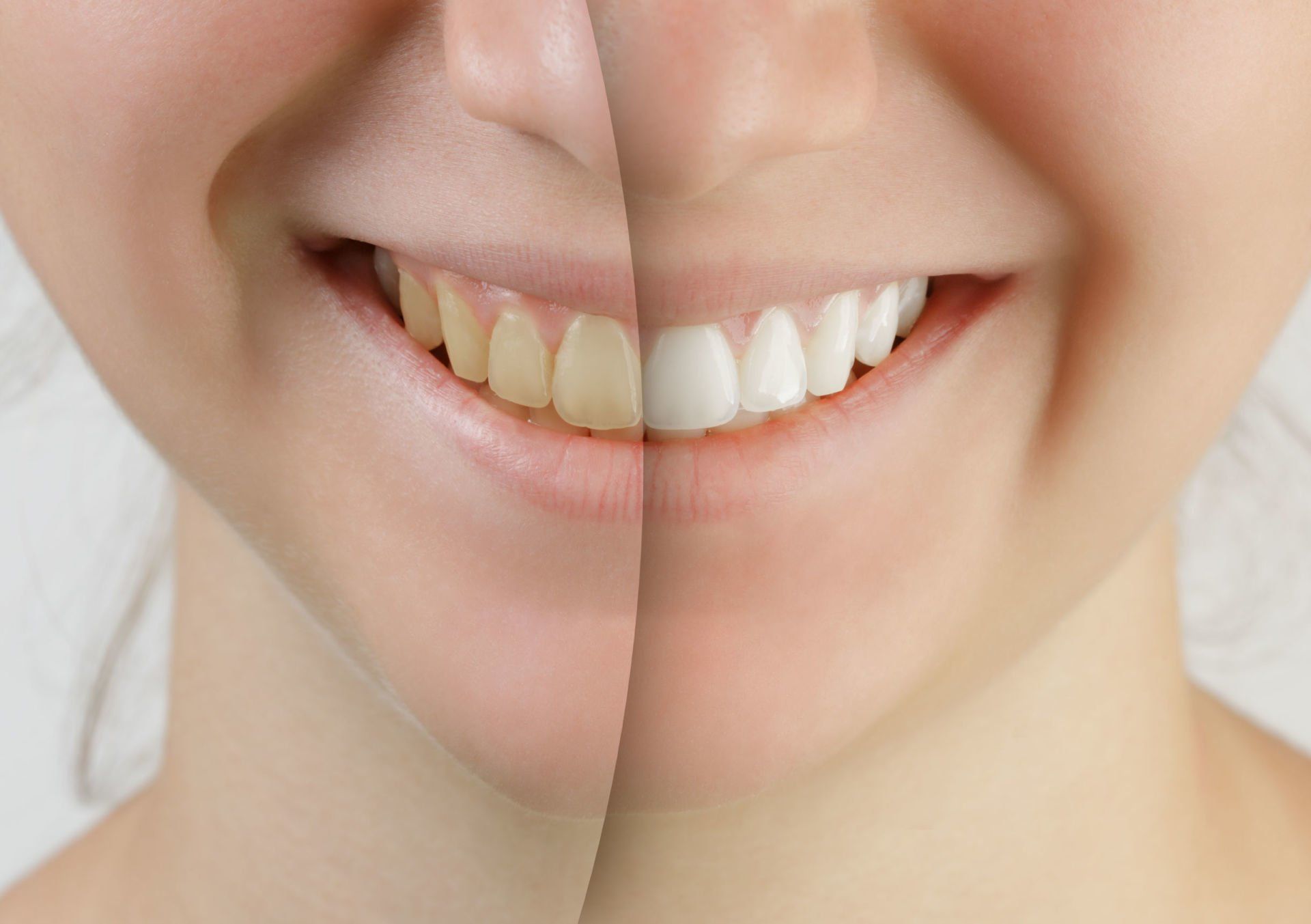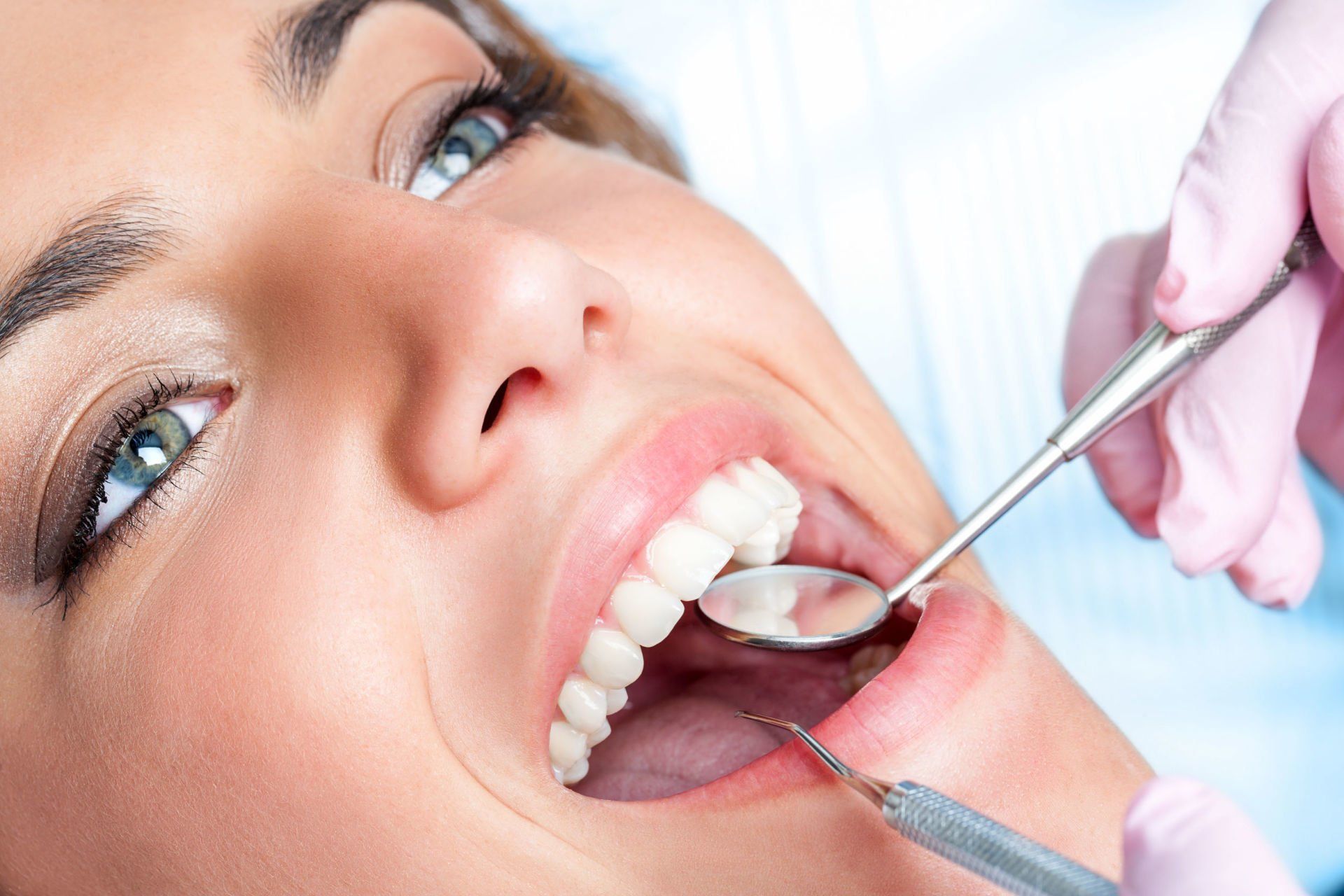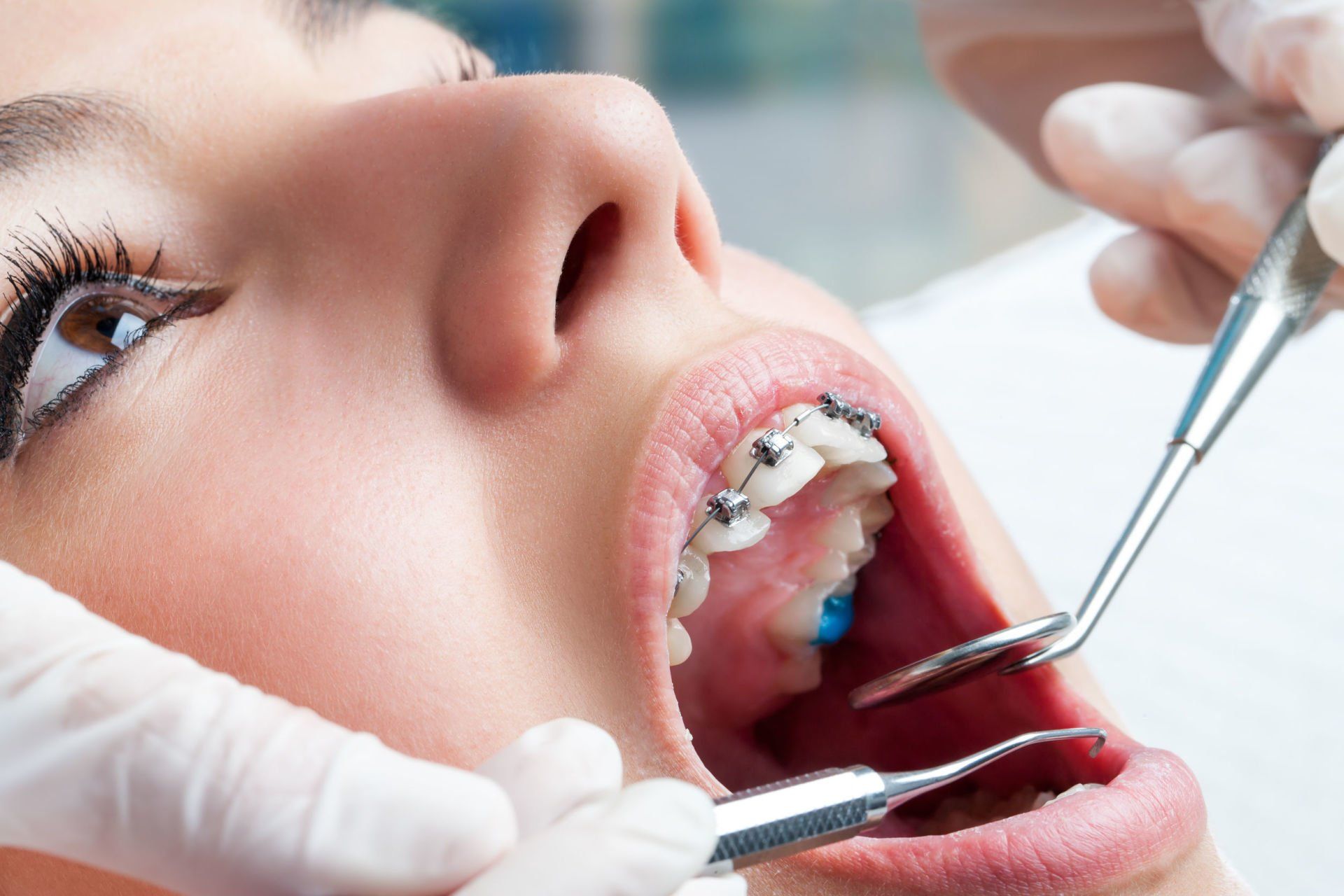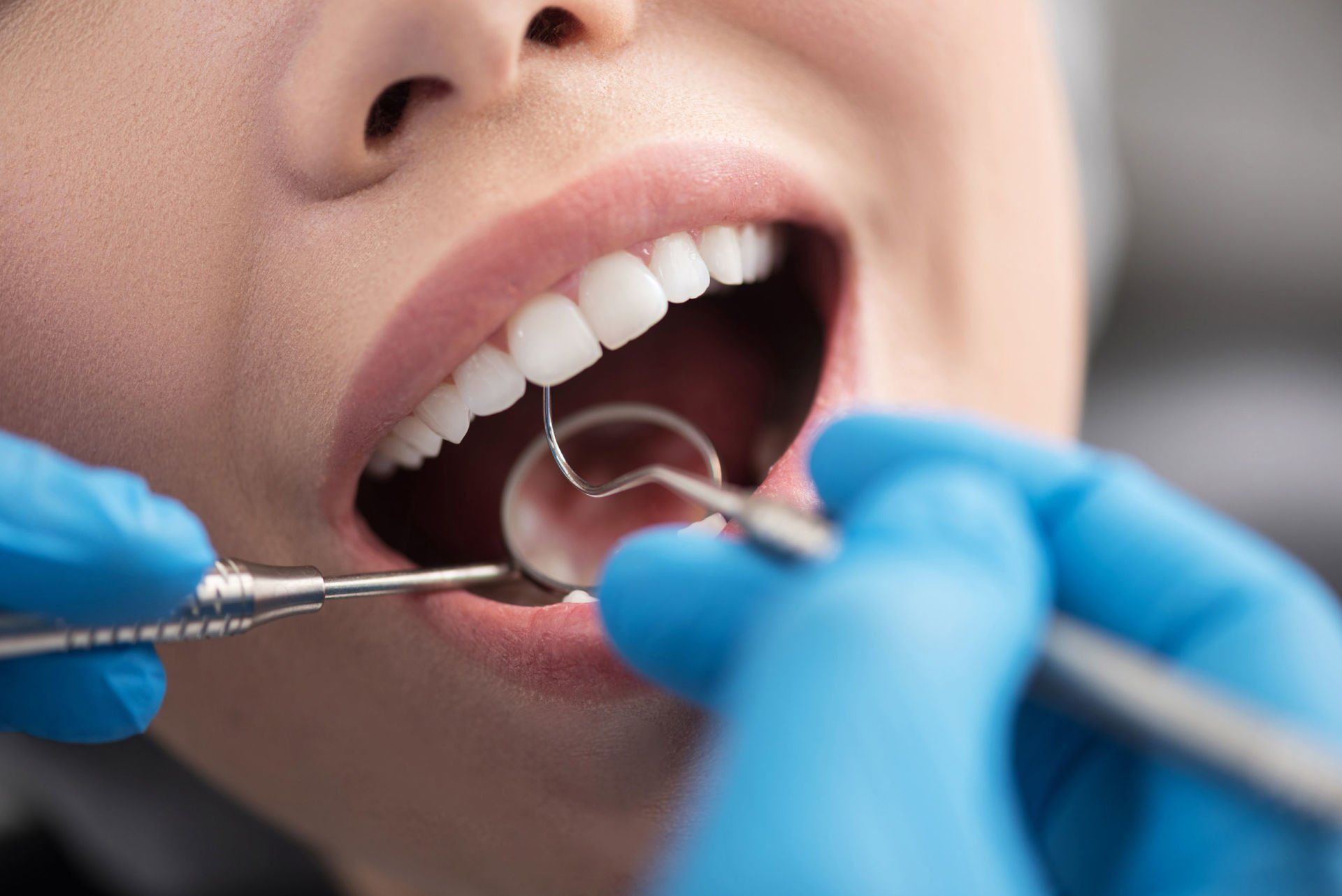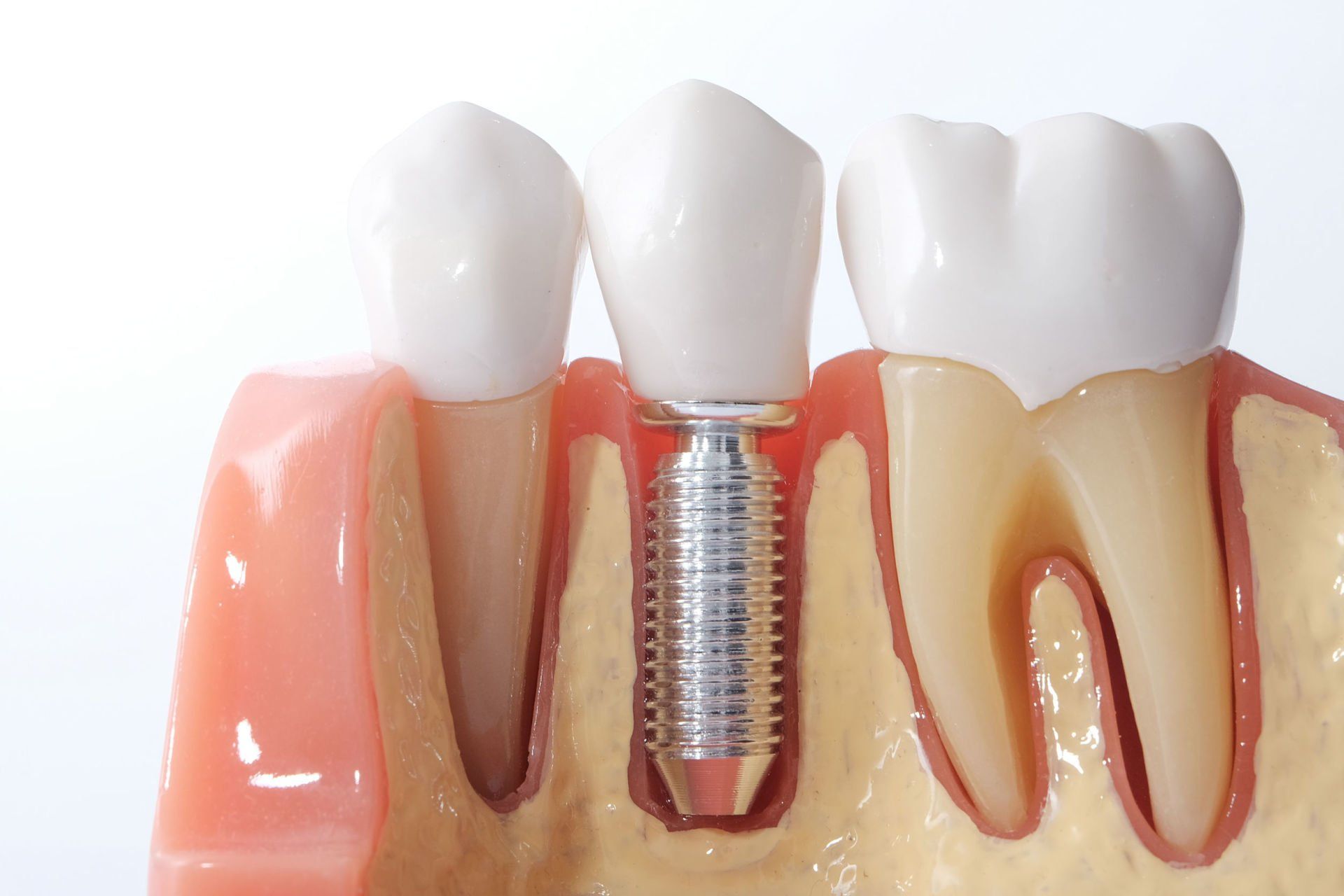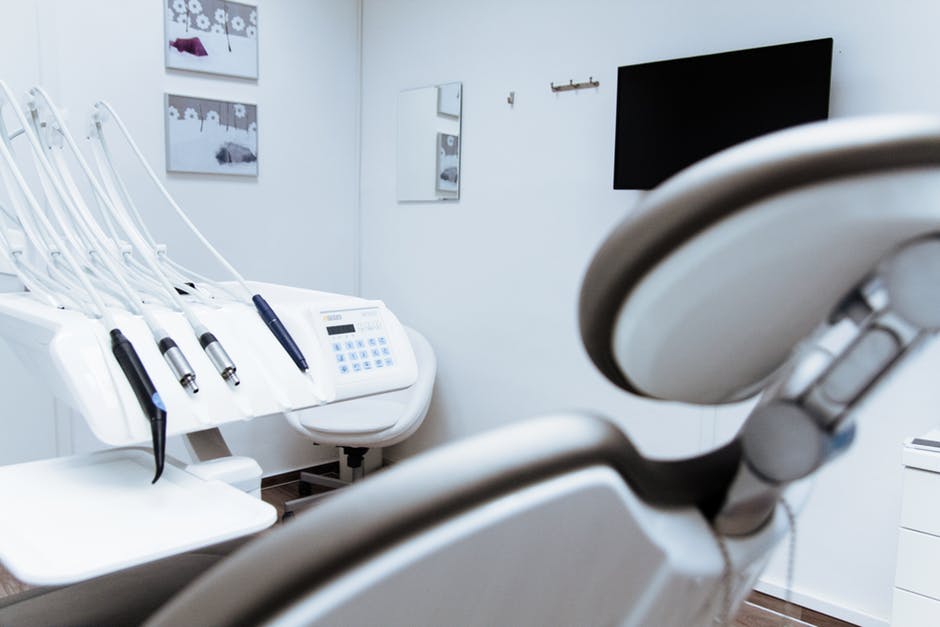Dental Bridge vs Implant: What's the Difference?
The dental world is chock-full of lingo and jargon. Like a dental bridge vs implant; what's the difference?
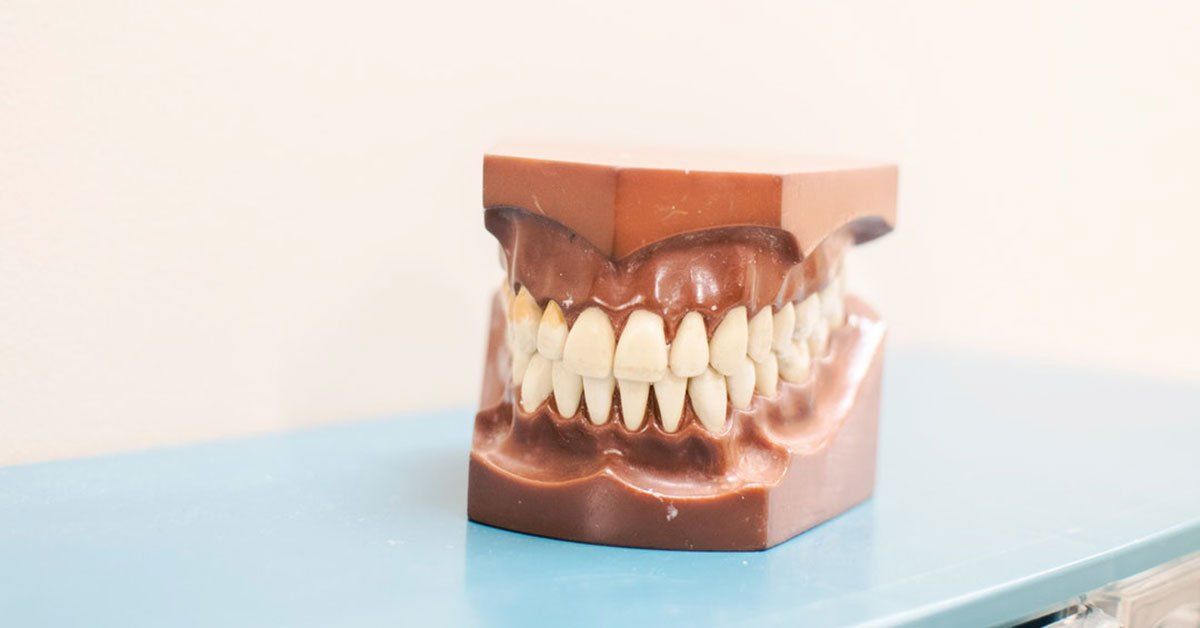
For most people, losing teeth can be devastating without a visit from the tooth fairy.
Luckily, there are options in the dental industry for keeping your smile shining bright!
Let's talk about the two most popular options and how they compare: a dental bridge vs implant.
<!-- /* Font Definitions */ @font-face {font-family:"Cambria Math"; panose-1:2 4 5 3 5 4 6 3 2 4; mso-font-charset:0; mso-generic-font-family:roman; mso-font-pitch:variable; mso-font-signature:-536870145 1107305727 0 0 415 0;} /* Style Definitions */ p.MsoNormal, li.MsoNormal, div.MsoNormal {mso-style-unhide:no; mso-style-qformat:yes; mso-style-parent:""; margin:0in; margin-bottom:.0001pt; mso-pagination:none; font-size:11.0pt; font-family:"Arial",sans-serif; mso-fareast-font-family:Arial;} h2 {mso-style-priority:9; mso-style-qformat:yes; mso-style-link:"Heading 2 Char"; mso-style-next:Normal; margin-top:11.25pt; margin-right:0in; margin-bottom:11.25pt; margin-left:0in; mso-pagination:none; mso-outline-level:2; font-size:18.0pt; font-family:"Arial",sans-serif; mso-bidi-font-weight:normal;} span.Heading2Char {mso-style-name:"Heading 2 Char"; mso-style-priority:9; mso-style-unhide:no; mso-style-locked:yes; mso-style-link:"Heading 2"; mso-ansi-font-size:18.0pt; mso-bidi-font-size:18.0pt; font-weight:bold; mso-bidi-font-weight:normal;} .MsoChpDefault {mso-style-type:export-only; mso-default-props:yes; font-size:11.0pt; mso-ansi-font-size:11.0pt; mso-bidi-font-size:11.0pt; font-family:"Arial",sans-serif; mso-ascii-font-family:Arial; mso-fareast-font-family:Arial; mso-hansi-font-family:Arial; mso-bidi-font-family:Arial;} .MsoPapDefault {mso-style-type:export-only; mso-pagination:none;} @page WordSection1 {size:8.5in 11.0in; margin:1.0in 1.0in 1.0in 1.0in; mso-header-margin:.5in; mso-footer-margin:.5in; mso-paper-source:0;} div.WordSection1 {page:WordSection1;} --> What Is a Dental Implant?
Dental implant surgery hasn't been around for very long, as they have only been in practice since 1965.
Dental implants are a fake tooth that is designed to fit the aesthetics of your teeth.
They are implanted by an artificial root, by drilling into the position of the removed root.
A titanium post (the implant) is put in place of the root which holds the artificial tooth (the crown), replacing the tooth and securing it in place.
Dental implant surgery hasn't been around for very long, as they have only been in practice since 1965.
Dental implants are a fake tooth that is designed to fit the aesthetics of your teeth.
They are implanted by an artificial root, by drilling into the position of the removed root.
A titanium post (the implant) is put in place of the root which holds the artificial tooth (the crown), replacing the tooth and securing it in place.
Why Choose an Implant
There are specific times when an implant is the right choice for you. If you have a cavity that can be fixed, filling it can save the natural tooth.
When a cavity is no longer able to be treated with a simple filling, it might need to undergo a root canal.
However, if the root of the tooth is decayed past the point of salvation by a root canal, the root must be removed as well.
In order to keep the function and/or aesthetics that the tooth provided, an artificial tooth can be implanted.
This is a permanent solution and is a favorite for adults who lost a tooth.
How Much Does It Cost?
Dental implants can be expensive. While it is always best to get treatment early on in the decay process, sometimes it is too late.
If you do not have dental insurance, you know that even fillings can be expensive. Past that point, the cost only increases.
Dental implants can cost between $1,500 and $6,000 . Yes, that's expensive, but it might be worth it.
If your tooth is completely gone, you cannot leave the root in your mouth. It can lead to serious infections and health complications. Oral health and overall health are highly connected, and it is not worth the risks.
Implant surgery offers the removal of the root, as well as the installation of an artificial one.
Benefits and Risks
Many people choose implants because they look and feel like natural teeth and they last a lifetime.
While implants are very safe, there are possible complications with any type of surgery, making it the only real risk to this option.
A downside to implants is the expense, so speak with a dental professional and your insurance provider before choosing this option to discuss cost.
However, this is usually a one-time purchase for a lifetime replacement, as they are moreWhat is a Dental Bridge?
Dental bridges are another option used when a natural tooth can no longer be salvaged.
Bridges offer the aesthetic function of an implant, are more cost-effective, but do not offer the same benefits of an implant.
Bridges are not implanted into your gums, like a dental implant. A bridge is essentially a crown that is fit to the rest of your mouth and can last for decades with proper care.
Why Choose a Bridge
Bridges are a fast method of tooth replacement. They are built to fit between two existing teeth and keep your smile looking as young as ever.
If you are not looking for a permanent, more functional option and just need a fast replacement, this may be the way to go.
While this is a very popular option for people who are missing a tooth, it is important to know that bridges need to remain clean and well-maintained to last a substantial amount of time.
How Much Does It Cost?
Bridges are more cost-effective than implants, for the simple reason of the same required dental work and additional surgery involved in an implant.
Bridges can cost anywhere between $500 and $1,200.
That sounds great, but there may be more maintenance costs and future replacements, down the line. And in terms of durability, bridges fall short to implants.
Benefits and Risks
The benefits are simple, a bridge is a faster and cheaper replacement.
While there are limited risks to your health, the main downside to a dental bridge is clear: bridges are not permanent. A bridge, on average, lasts about a decade.
While they can last much longer, that is not guaranteed without proper care.
While there is one risk that is often discussed with dental bridges, being that they fall out very easily, this is a myth.
While being less durable than an implant, bridges are cemented and secured to an underlying tooth, surrounding teeth or gums. Read up to learn more about the different types of dental bridges.
<!-- /* Font Definitions */ @font-face {font-family:"Cambria Math"; panose-1:2 4 5 3 5 4 6 3 2 4; mso-font-charset:0; mso-generic-font-family:roman; mso-font-pitch:variable; mso-font-signature:-536870145 1107305727 0 0 415 0;} /* Style Definitions */ p.MsoNormal, li.MsoNormal, div.MsoNormal {mso-style-unhide:no; mso-style-qformat:yes; mso-style-parent:""; margin:0in; margin-bottom:.0001pt; mso-pagination:none; font-size:11.0pt; font-family:"Arial",sans-serif; mso-fareast-font-family:Arial;} h2 {mso-style-priority:9; mso-style-qformat:yes; mso-style-link:"Heading 2 Char"; mso-style-next:Normal; margin-top:11.25pt; margin-right:0in; margin-bottom:11.25pt; margin-left:0in; mso-pagination:none; mso-outline-level:2; font-size:18.0pt; font-family:"Arial",sans-serif; mso-bidi-font-weight:normal;} span.Heading2Char {mso-style-name:"Heading 2 Char"; mso-style-priority:9; mso-style-unhide:no; mso-style-locked:yes; mso-style-link:"Heading 2"; mso-ansi-font-size:18.0pt; mso-bidi-font-size:18.0pt; font-weight:bold; mso-bidi-font-weight:normal;} .MsoChpDefault {mso-style-type:export-only; mso-default-props:yes; font-size:11.0pt; mso-ansi-font-size:11.0pt; mso-bidi-font-size:11.0pt; font-family:"Arial",sans-serif; mso-ascii-font-family:Arial; mso-fareast-font-family:Arial; mso-hansi-font-family:Arial; mso-bidi-font-family:Arial;} .MsoPapDefault {mso-style-type:export-only; mso-pagination:none;} @page WordSection1 {size:8.5in 11.0in; margin:1.0in 1.0in 1.0in 1.0in; mso-header-margin:.5in; mso-footer-margin:.5in; mso-paper-source:0;} div.WordSection1 {page:WordSection1;} --> Bridge vs Implant
Okay, so let's acknowledge that both options are excellent for teeth replacements.
More than 35 million Americans are missing at least one tooth. An estimated 3 million Americans have dental implants, as well as 15 million having bridges or crowns, and this number is only growing, according to the American Academy of Implant Dentistry .
Those numbers are high, and it's hard not to notice how much more popular bridge work is, compared to implants, but is it worth it?
Coming down to which is better, it depends on your needs. However, for durability, longevity, and function, implants are the better option.
Bridges are excellent for a quick replacement and will cost less money upfront. However, the implant may be worth it to avoid future replacement costs.
Check out our restorative services to see the options we offer.
<!-- /* Font Definitions */ @font-face {font-family:"Cambria Math"; panose-1:2 4 5 3 5 4 6 3 2 4; mso-font-charset:0; mso-generic-font-family:roman; mso-font-pitch:variable; mso-font-signature:-536870145 1107305727 0 0 415 0;} /* Style Definitions */ p.MsoNormal, li.MsoNormal, div.MsoNormal {mso-style-unhide:no; mso-style-qformat:yes; mso-style-parent:""; margin:0in; margin-bottom:.0001pt; mso-pagination:none; font-size:11.0pt; font-family:"Arial",sans-serif; mso-fareast-font-family:Arial;} h2 {mso-style-priority:9; mso-style-qformat:yes; mso-style-link:"Heading 2 Char"; mso-style-next:Normal; margin-top:11.25pt; margin-right:0in; margin-bottom:11.25pt; margin-left:0in; mso-pagination:none; mso-outline-level:2; font-size:18.0pt; font-family:"Arial",sans-serif; mso-bidi-font-weight:normal;} span.Heading2Char {mso-style-name:"Heading 2 Char"; mso-style-priority:9; mso-style-unhide:no; mso-style-locked:yes; mso-style-link:"Heading 2"; mso-ansi-font-size:18.0pt; mso-bidi-font-size:18.0pt; font-weight:bold; mso-bidi-font-weight:normal;} .MsoChpDefault {mso-style-type:export-only; mso-default-props:yes; font-size:11.0pt; mso-ansi-font-size:11.0pt; mso-bidi-font-size:11.0pt; font-family:"Arial",sans-serif; mso-ascii-font-family:Arial; mso-fareast-font-family:Arial; mso-hansi-font-family:Arial; mso-bidi-font-family:Arial;} .MsoPapDefault {mso-style-type:export-only; mso-pagination:none;} @page WordSection1 {size:8.5in 11.0in; margin:1.0in 1.0in 1.0in 1.0in; mso-header-margin:.5in; mso-footer-margin:.5in; mso-paper-source:0;} div.WordSection1 {page:WordSection1;} --> What is Right for You?
In essence, an implant is a permanent, more durable replacement, but bridges will get the job done for some time.
It comes down to your own personal needs and preferences to decide what you need.
Now that you know the difference between a bridge vs implant, take the time to weigh your options, and discuss the process and pricing with professionals. Contact us today to learn more!
